Tag: ARDS

Experience Caring for a Severe COVID-19 Patient With ARDS in the ICU
The author's experience caring for a patient with COVID-19 whose condition deteriorated rapidly into a critical illness in the negative pressure room of the ICU is described in this article. The onset of severe acute... read more
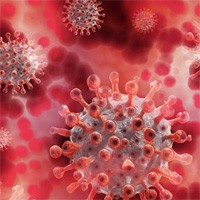
14-Day Occurrence of Hypoxia, ICU Admission, and Death Among Patients with COVID-19
Uncertainty surrounding COVID-19 regarding rapid progression to acute respiratory distress syndrome (ARDS) and unusual clinical characteristics make discharge from a monitored setting challenging. Model derivation and... read more
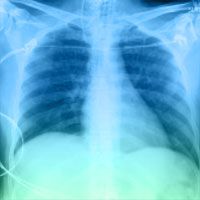
COVID-19 and ARDS: The Baby Lung Size Matters
COVID-19 in its initial manifestations has strikingly peculiar characteristics (e.g., hypoxemia with vasocentric injury and high gas lung volume), is so evident that atypical ARDS should not be a matter of further discussion.... read more
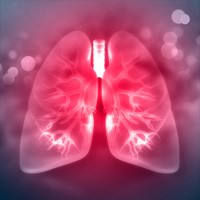
What’s new about pulmonary hyperinflation in mechanically ventilated critical patients
Pulmonary hyperinflation is the increase in the relaxation volume of the respiratory system at the end of a tidal expiration (end-expiratory volume). This can occur due to a number of factors, acting alone or in combination,... read more
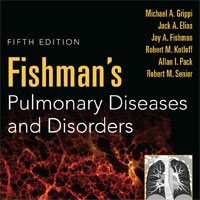
Fishman’s Pulmonary Diseases and Disorders
Since 1980, Fishman's Pulmonary Diseases and Disorders has delivered unparalleled coverage of pulmonary medicine and the underlying basic and applied science upon which clinical practice is based. The Fifth Edition, with... read more

Myorelaxants in ARDS patients
Neuromuscular blocking agents (NMBAs) inhibit patient-initiated active breath and the risk of high tidal volumes and consequent high transpulmonary pressure swings, and minimize patient/ ventilator asynchrony in acute respiratory... read more
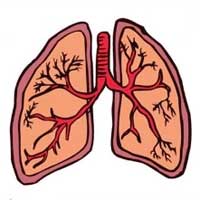
Emerging pharmacological therapies for ARDS: COVID-19 and beyond
ARDS, first described in 1967, is the commonest form of acute severe hypoxemic respiratory failure. Despite considerable advances in our knowledge regarding the pathophysiology of ARDS, insights into the biologic mechanisms... read more
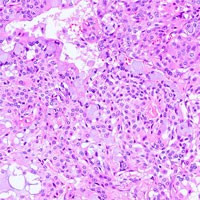
Lung Histopathology in COVID-19 as Compared to SARS and H1N1 Influenza
Diffuse alveolar damage (DAD) was reported in 88% of patients with COVID-19. This is similar to both H1N1 (90%) and SARS (98%). Pulmonary microthrombi was reported in 57% of patients with COVID-19. This was similar to... read more
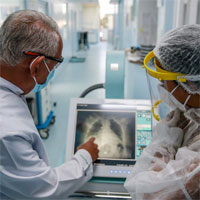
Some Signs of Recovery From Severe COVID-19 Lung Damage
In two early studies, researchers said some patients showed signs of healing just weeks after leaving the hospital. Lingering shortness of breath and diminished stamina have dogged many COVID patients whose lungs were... read more

Synthesis and Systematic Review of Reported Neonatal COVID-19 Infections
A number of severe acute respiratory syndrome coronavirus-2 (SARS-CoV-2) infections have been reported in neonates. Here, we aim to clarify the transmission route, clinical features and outcomes of these infections. We present... read more
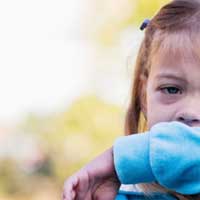
High Plasma Levels Linked to Severe ARDS in Children with Respiratory Failure
Elevated surfactant protein D levels are associated with severe acute respiratory distress syndrome and poor outcomes in children with acute respiratory failure, according to results published in Chest. Elevated surfactant... read more

Factors Associated to ICU Mortality in Critically Ill Patients Infected with COVID-19 in Spain
Older COVID-19 patients with higher APACHE II scores on admission, those who developed AKI grades II or III and/or septic shock during ICU stay had an increased risk-of-death. ICU mortality was 31%. A total of 663 patients... read more
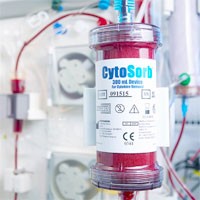
Extracorporeal Cytokine Adsorption as an Alternative to Pharmacological Inhibition of IL-6 in COVID-19
With great interest we read the article by Convertino et al. discussing potential treatment targets for pharmacological immunomodulation in coronavirus disease 2019 (COVID-19) with acute respiratory distress syndrome (ARDS).... read more
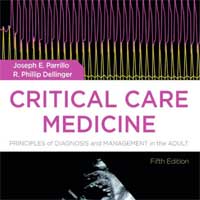
Critical Care Medicine: Principles of Diagnosis and Management in the Adult
Now completely revised to bring you up to date with the latest advances in the field, Critical Care Medicine: Principles of Diagnosis and Management in the Adult, 5th Edition, delivers expert, practical guidance on virtually... read more




